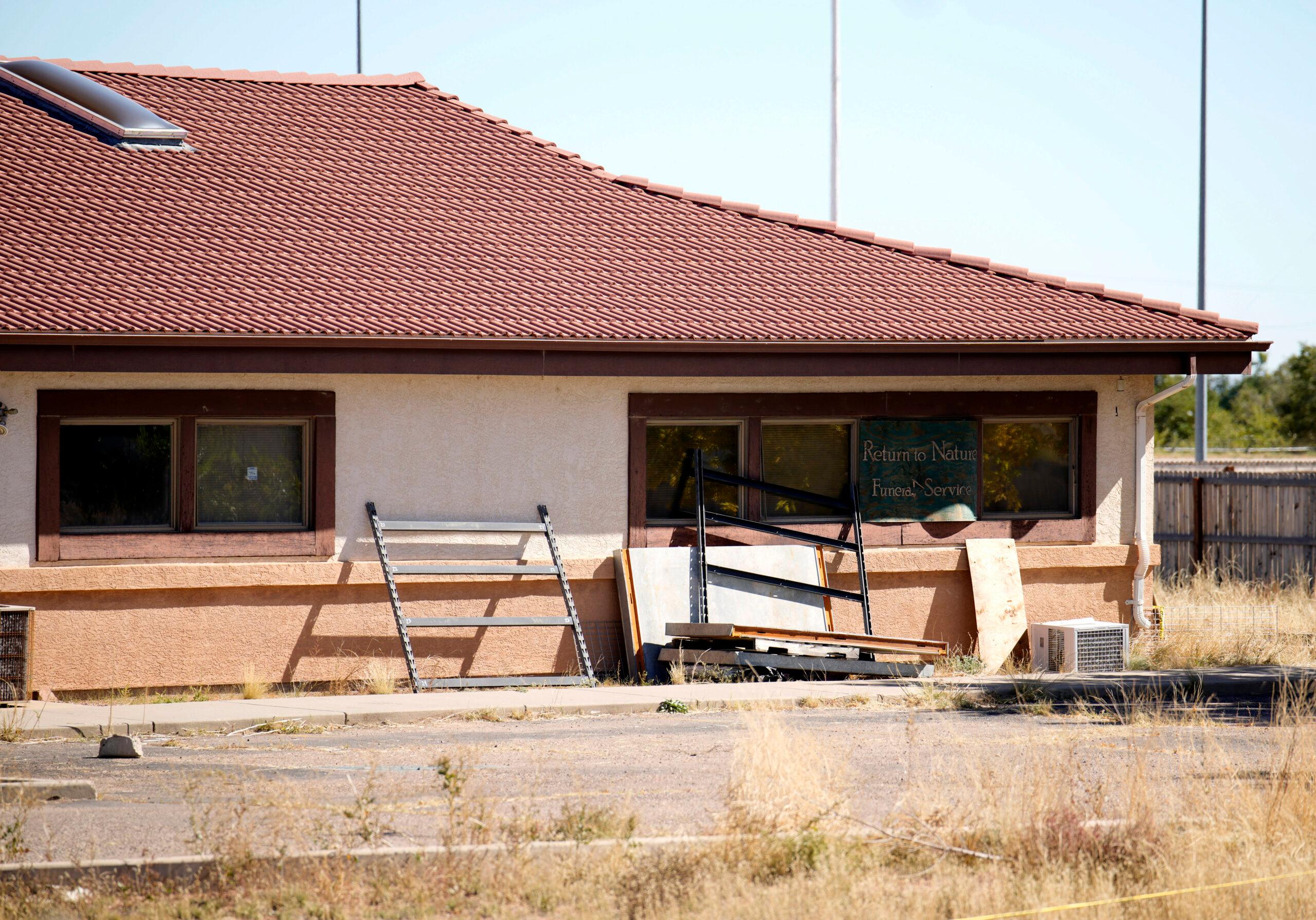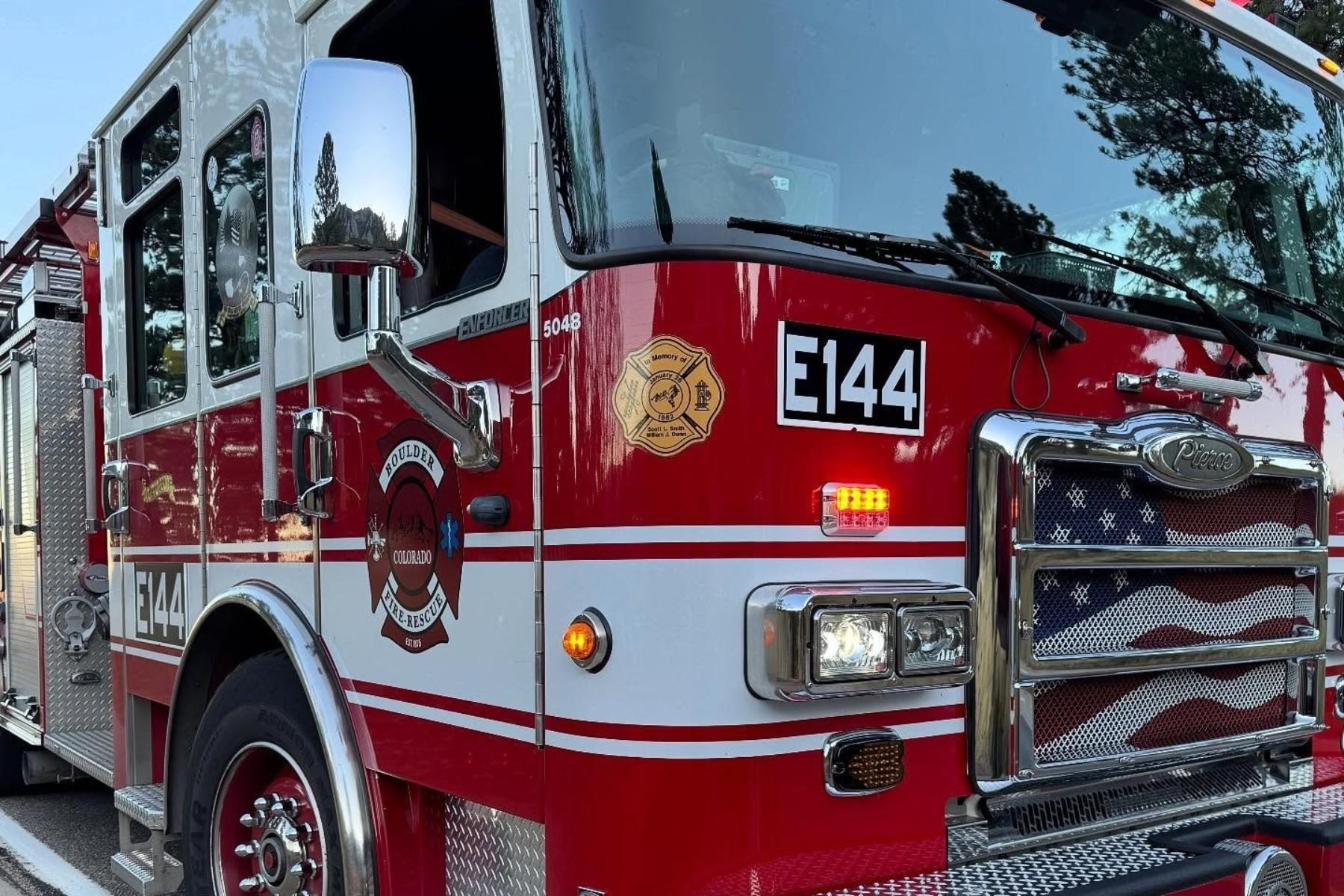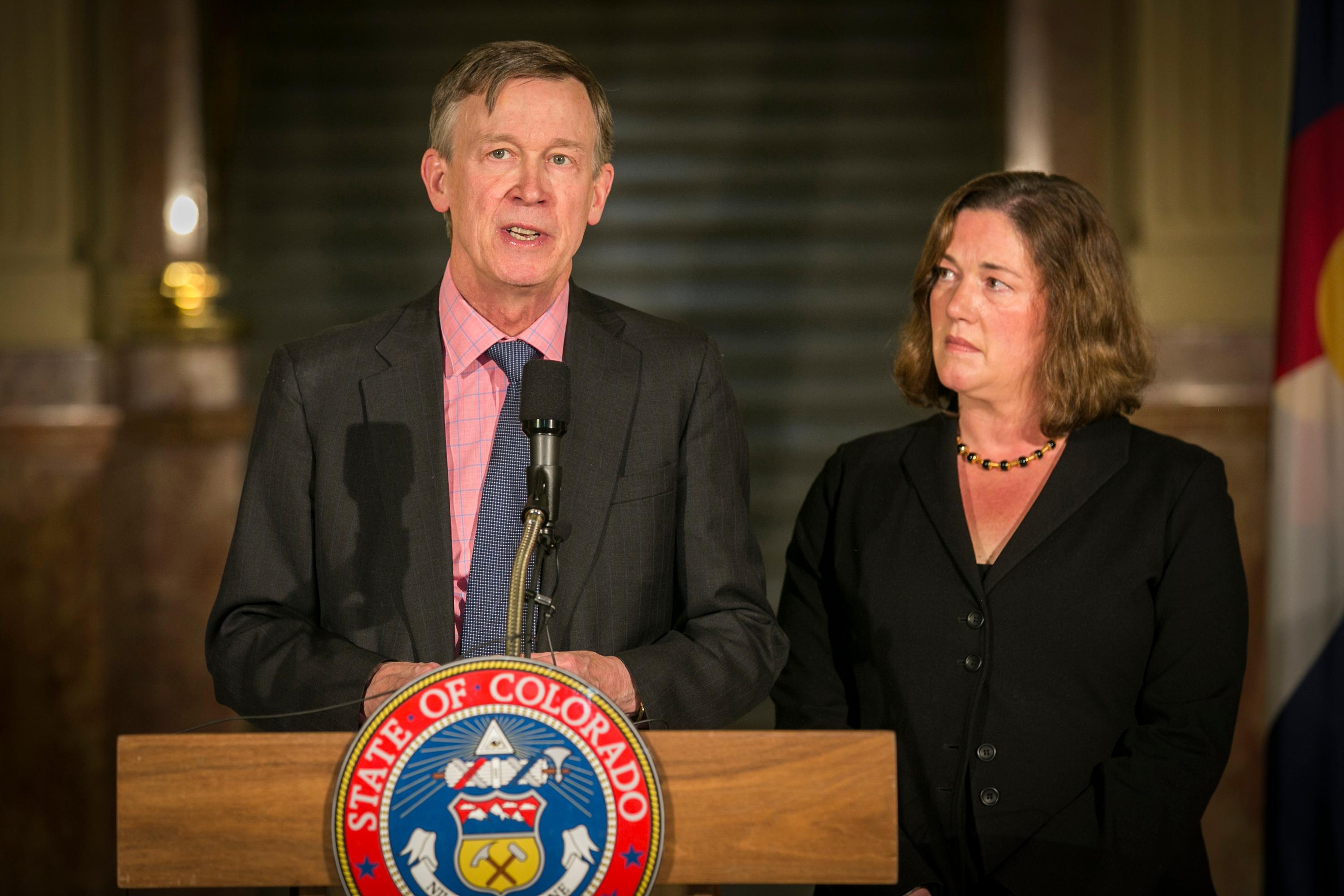
By one of the event organizer's estimates, more than 100,000 Coloradans marched in Denver to stand up for rights they see threatened by President Donald Trump's administration. The crowd flooded Civic Center Park and surrounding streets. In Colorado Springs, thousands marched through downtown and on the Western Slope, the marchers were estimated in the thousands Grand Junction and in the hundreds in Durango.
Organizers were pleasantly surprised at the turnout, but know it won't be easy to create a sustained movement.
Jessica Rogers has been working on the march since just after Trump's election, and called it "a statement of vigilance for rights," including access to reproductive healthcare for women, racial equality, and respect for human rights.
The next step comes Jan. 28, when Rogers will host a "moving forward summit," to figure out how to create and sustain the movement that materialized the weekend after the president's inauguration. Rogers said she and fellow organizer Cheetah McClellan have rented a space for 250 people to meet. They hope it will include elected officials; people from groups like Black Lives Matter and Mi Casa; as well as representatives from new groups forming across Colorado's Front Range that have the same priorities as the Women's March. Rogers wants those movements to work together, and not be redundant.
"We really feel strongly that Colorado is an island of blue in a sea of red," she said, and so she wants to be methodical and careful about how the movement continues. She hopes the planning session will help.
It's worth nothing that Rogers doesn't see the movement as strictly partisan.
"We’re talking about how we can reach out to Republicans," she says, including inviting GOP lawmakers to the "moving forward summit."
Colorado Republican Party Chairman Steve House also didn't see the nationwide marches as strictly partisan. House said he thinks there "probably were Republican women in those groups."
"Protests, essentially, at least from what I can tell, are born out of, generally, fear. I mean it's 'Oh my goodness, there's a new guy. I don't like the way he's going to treat me. I think the president's going to do some things that are anti-women' in their mind -- I don't believe that's actually the case -- but the reality is, you have this fear, and I think that fear wasn't isolated strictly on a partisan basis," House said.
Trump can win the support of more of these women by governing well, House thinks, and for him that starts with determining the future of the Affordable Care Act, reforming taxes, and clarifying priorities for the Environmental Protection Agency and the U.S. Department of Education.
Interview Highlights With Jessica Rogers
On How Organizers Want To Keep The Movement From Fracturing:
"I think that is really tricky. And that's going to be a challenge moving forward, absolutely. One of the things that myself and the other organizers keep referring to is that women are part of every demographic. So if we just kind of keep hold of that thread of commonality, I think we can find a way."
On Inspiration Taken From Previous Movements:
"The Indivisible document does reference the Tea Party structure in that it's small community groups, 12-15 people, and it kind of just trickles up toward Washington. I think that's the strongest place to start."
On Why So Many People Marched On Saturday:
"I think it was so high because we are the mountain state regional representative of progressive people in the mountain region. I know for a fact we had people coming from Nevada and Wyoming. We drew in people from outside of Colorado. And that's why we had initially changed the name from March on Denver to March on Colorado."
Editor's Note: An earlier version of this story stated that "hundreds" of people demonstrated in Grand Junction via a link to reporting from the Grand Junction Daily Sentinel. This story was updated to reflect a change in their estimate.









